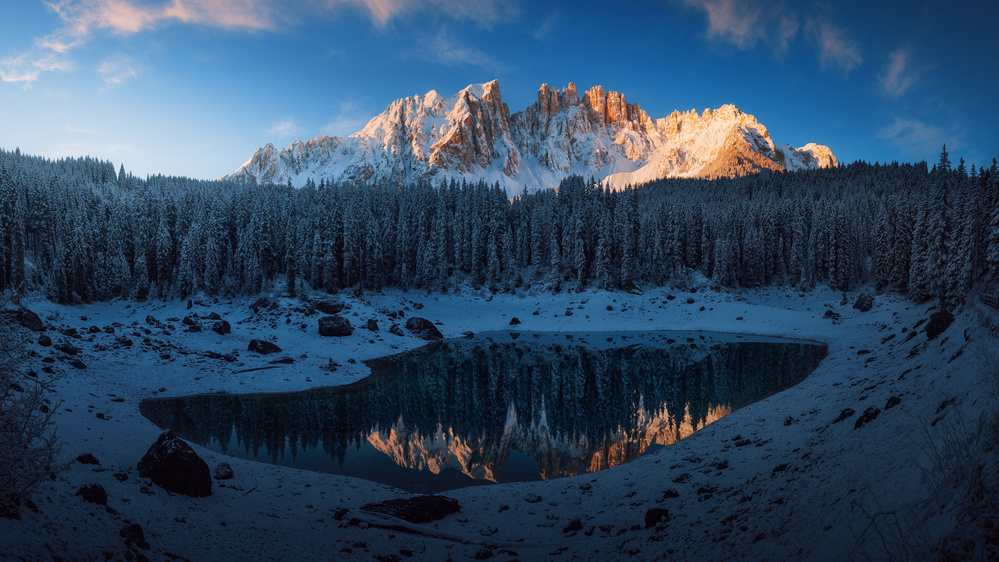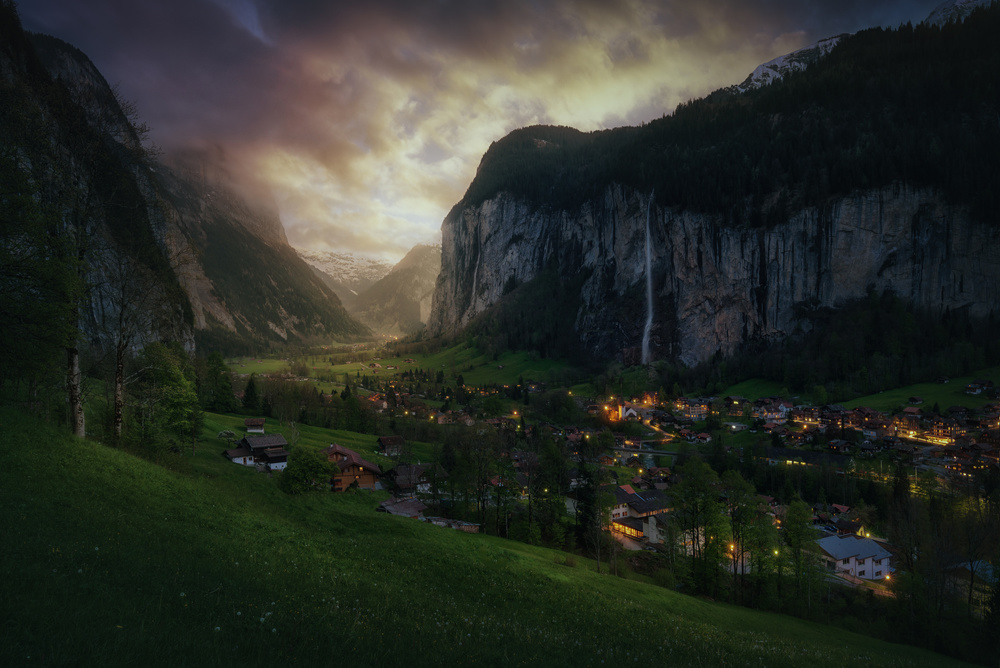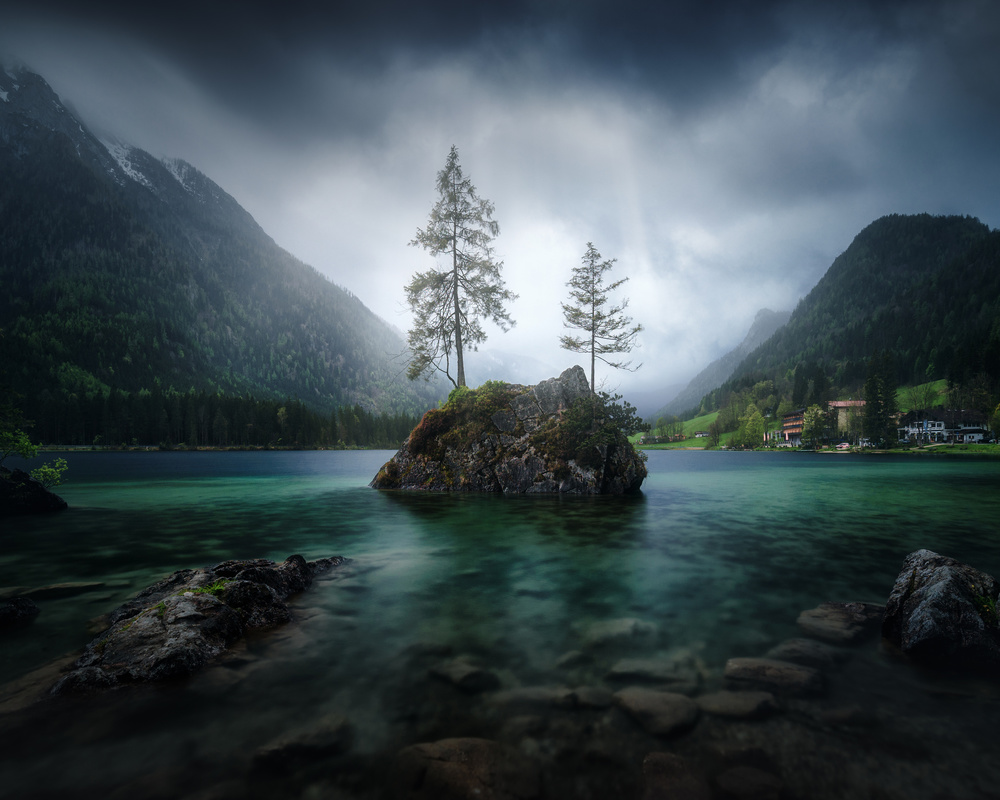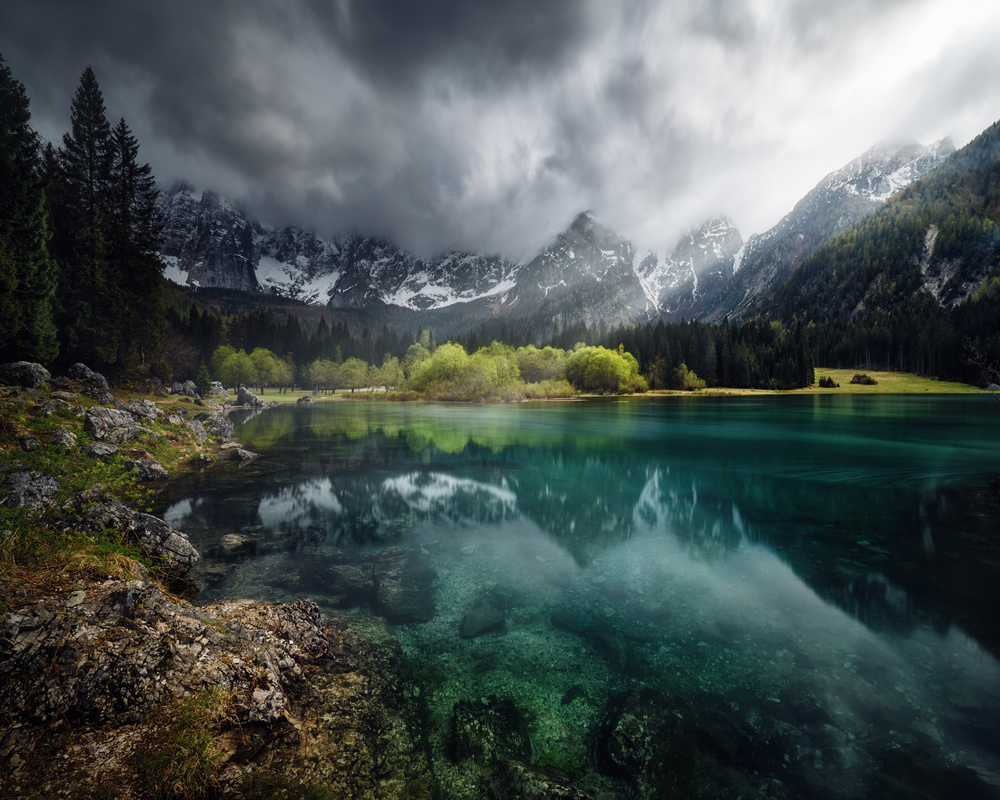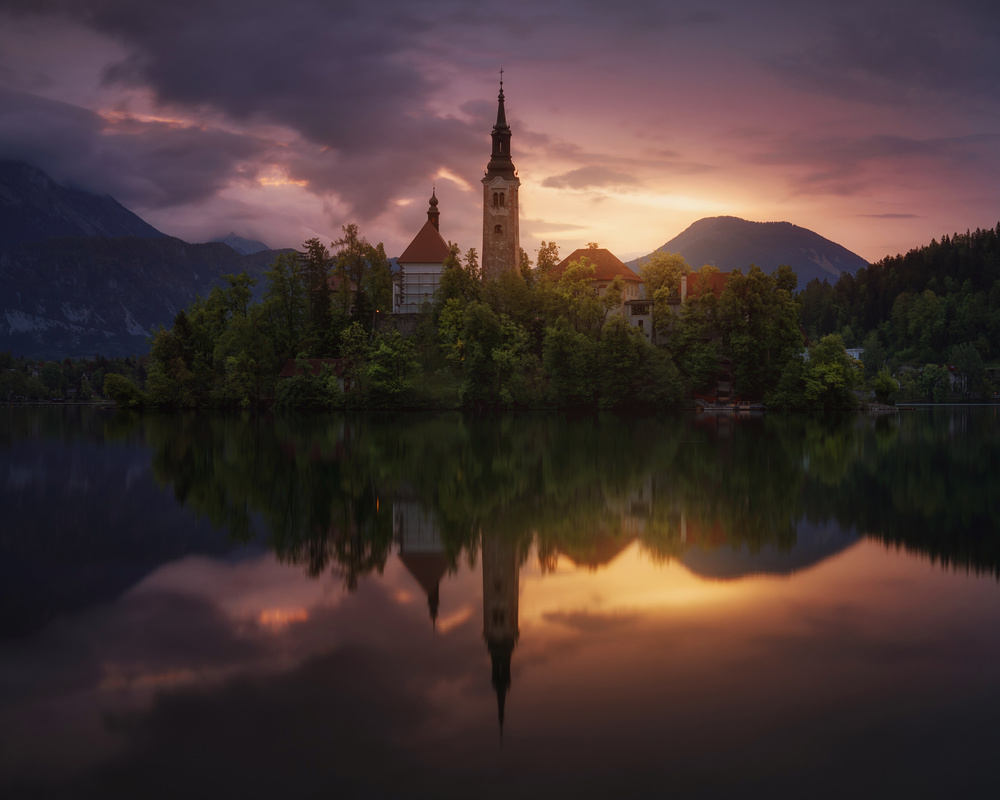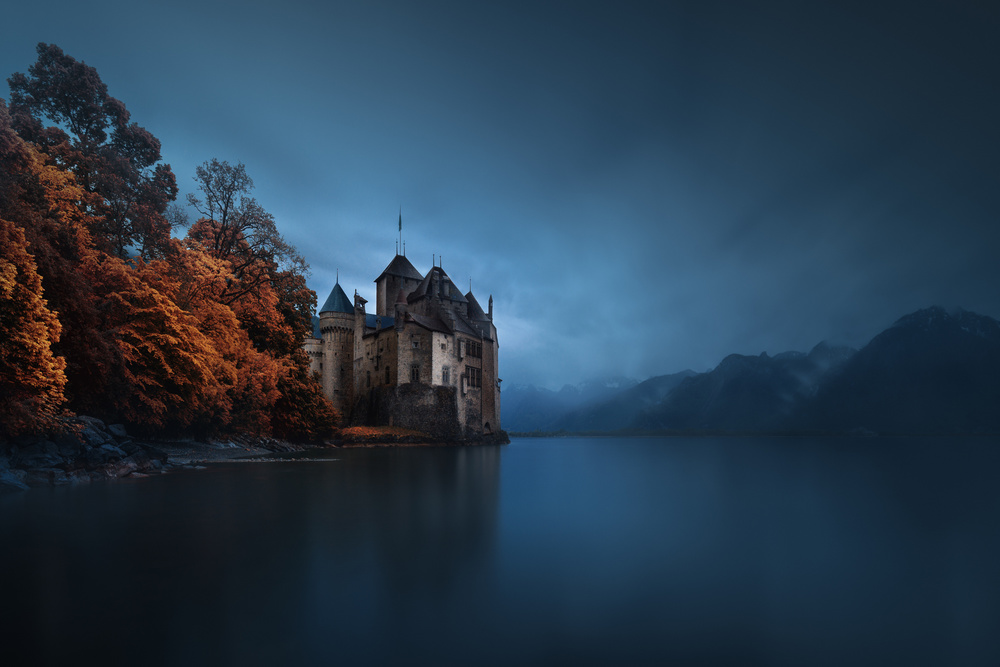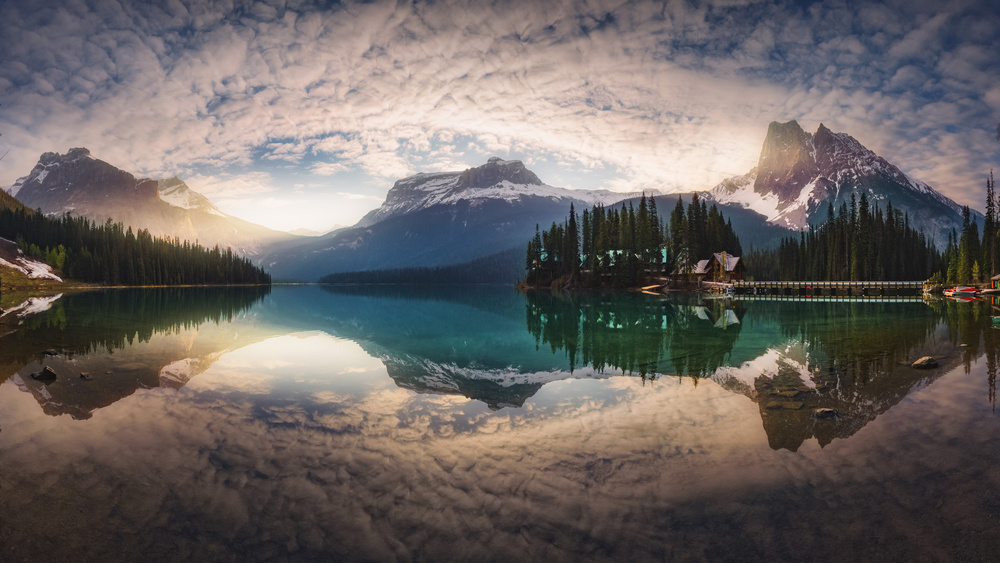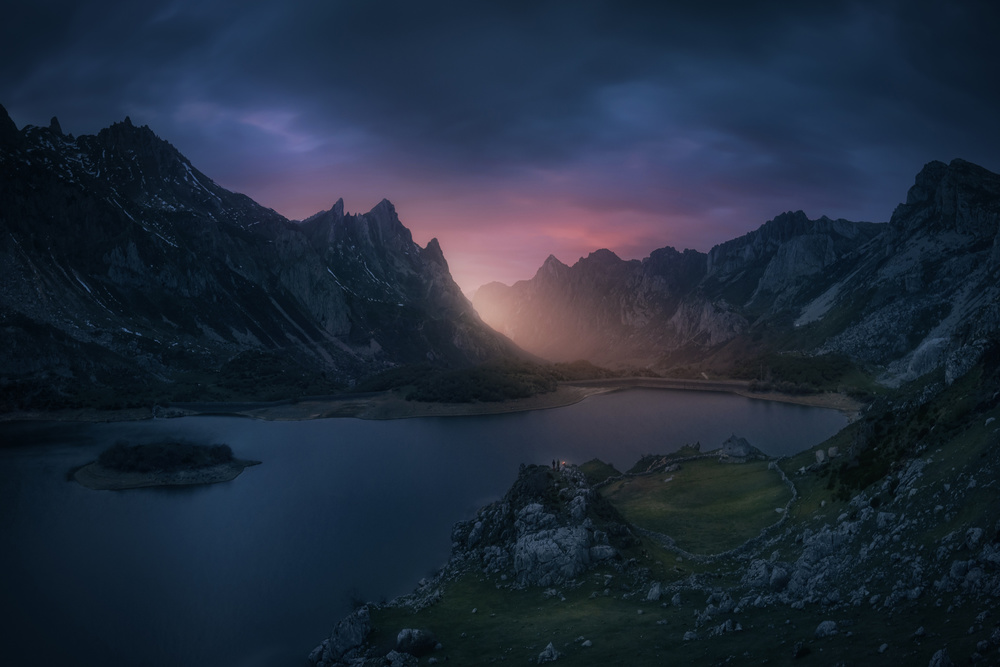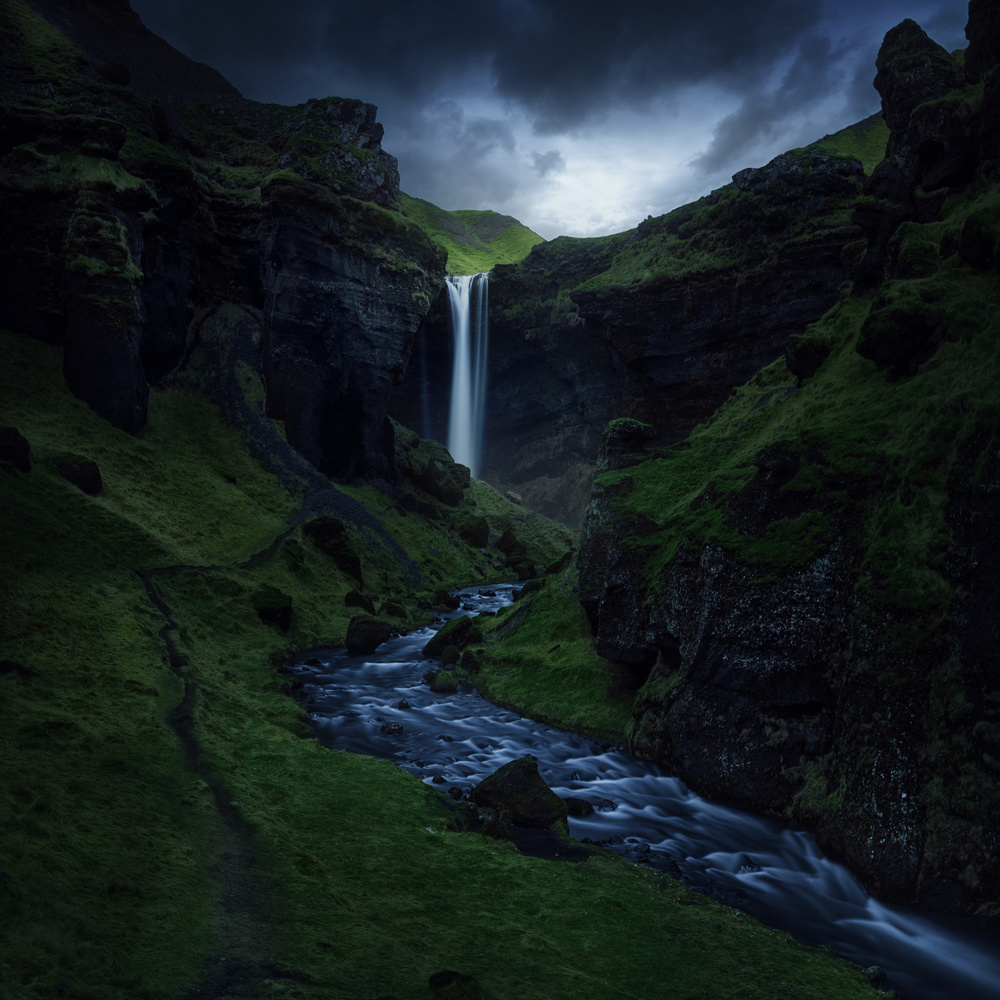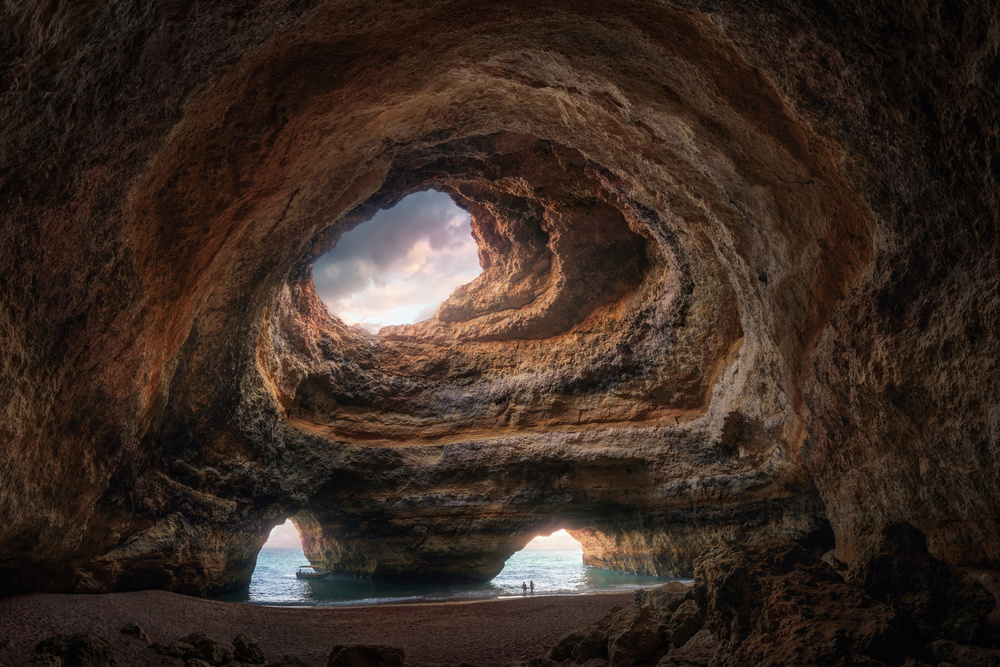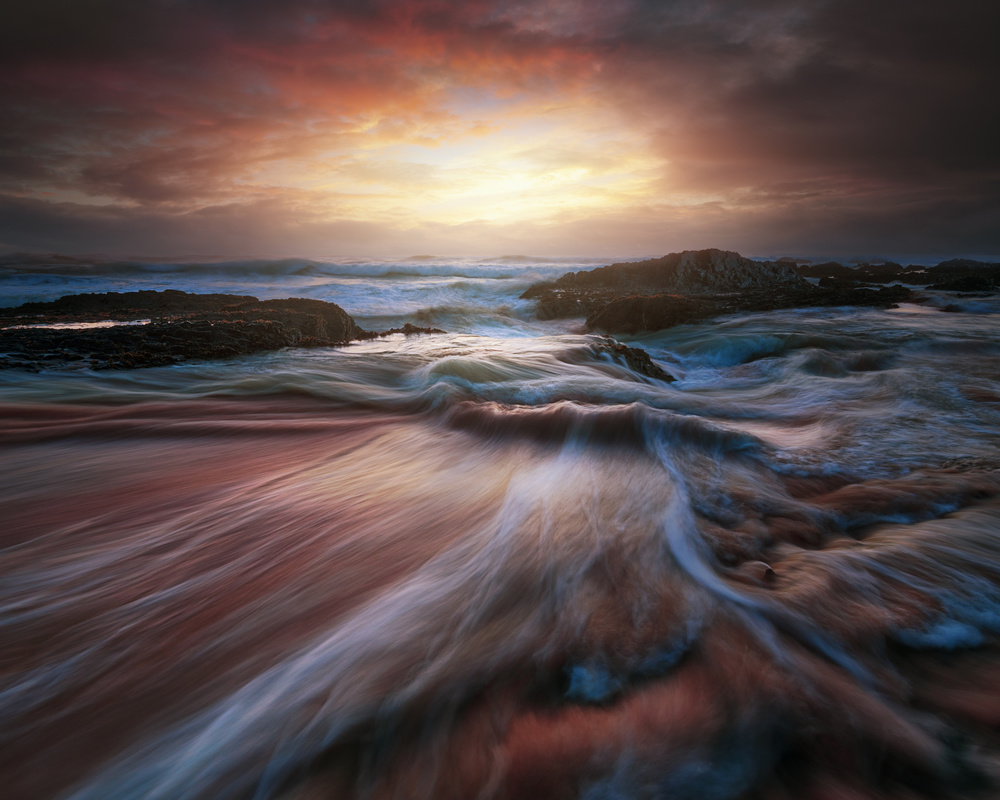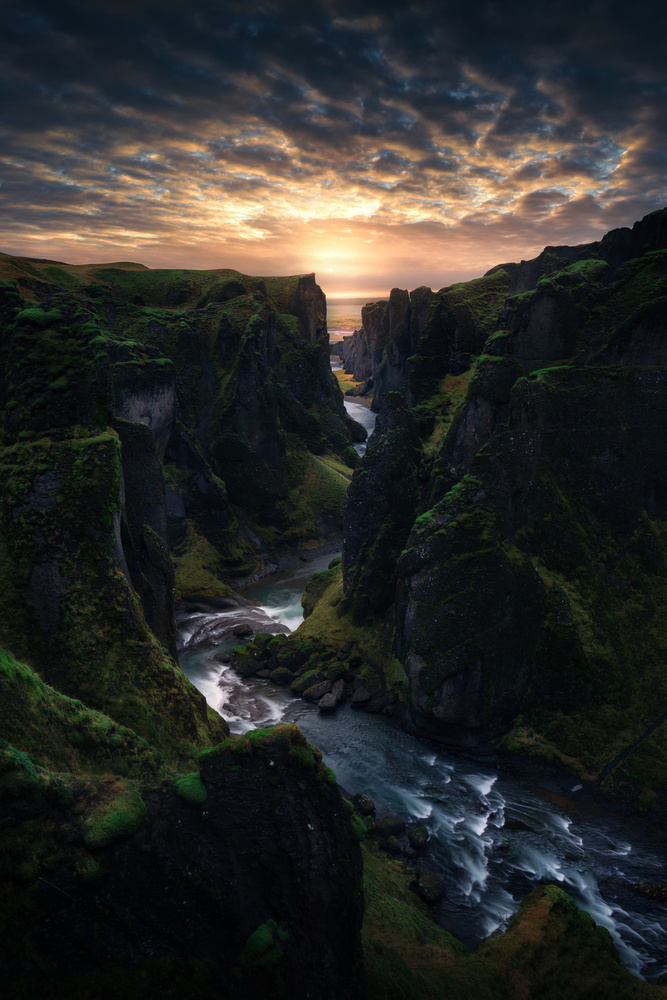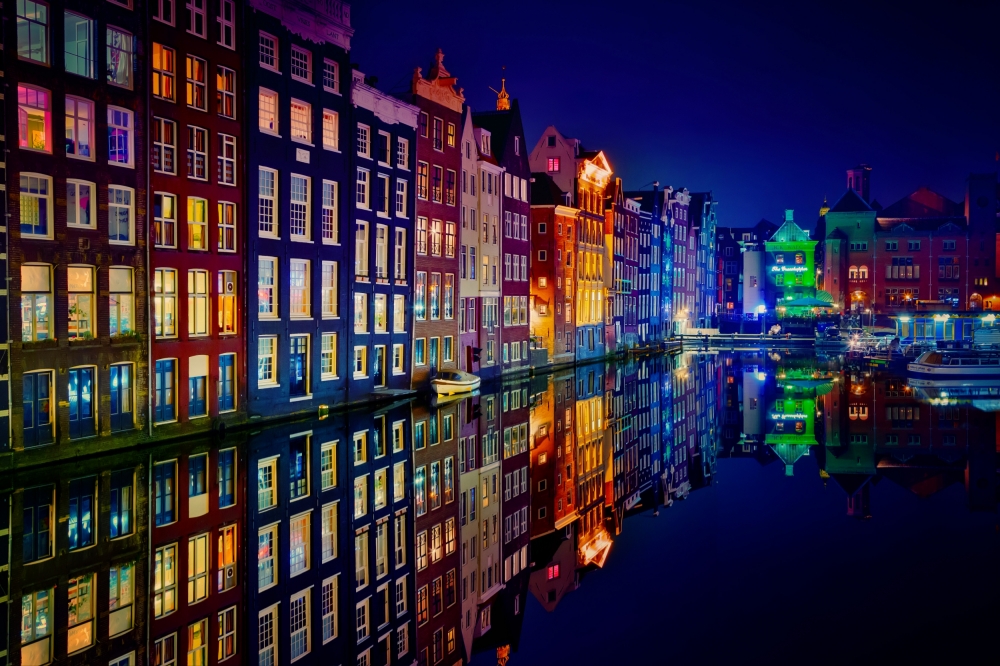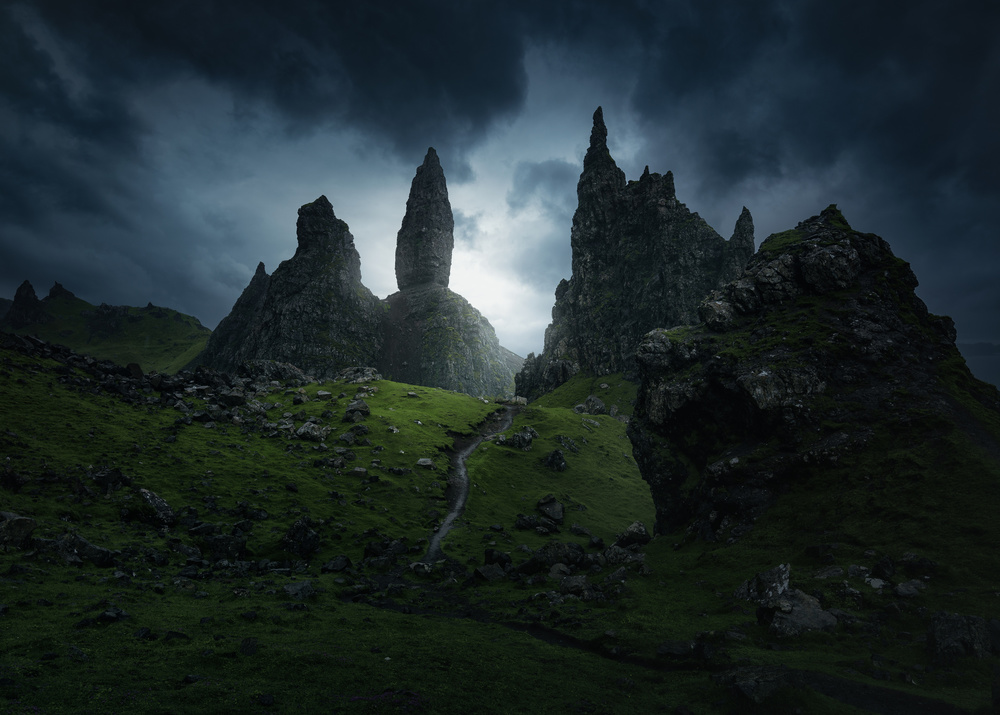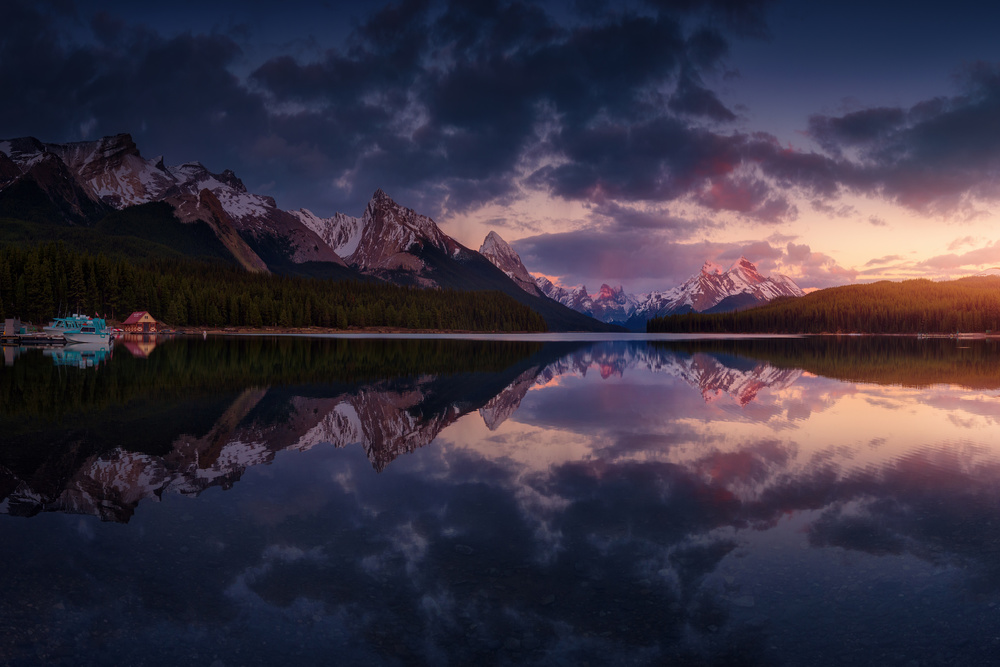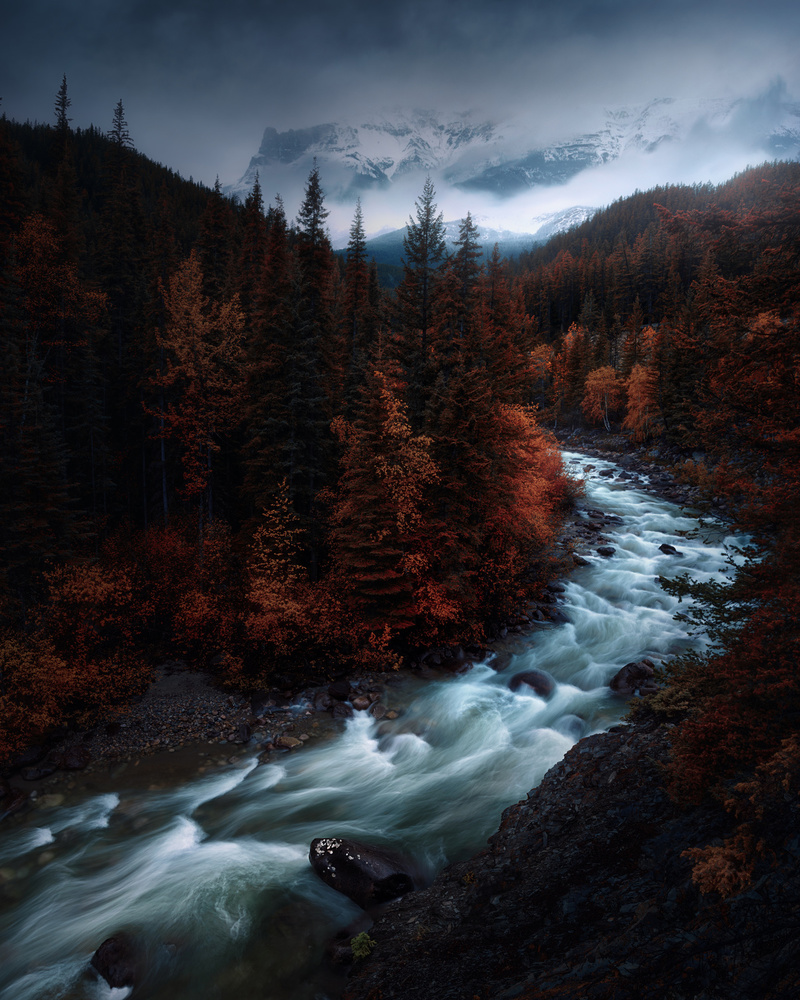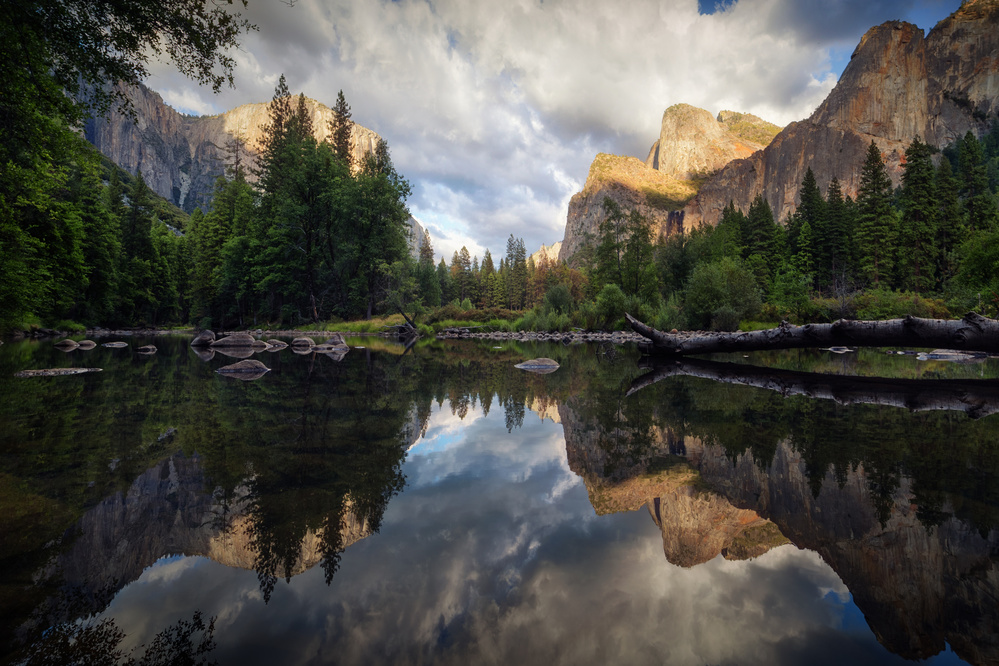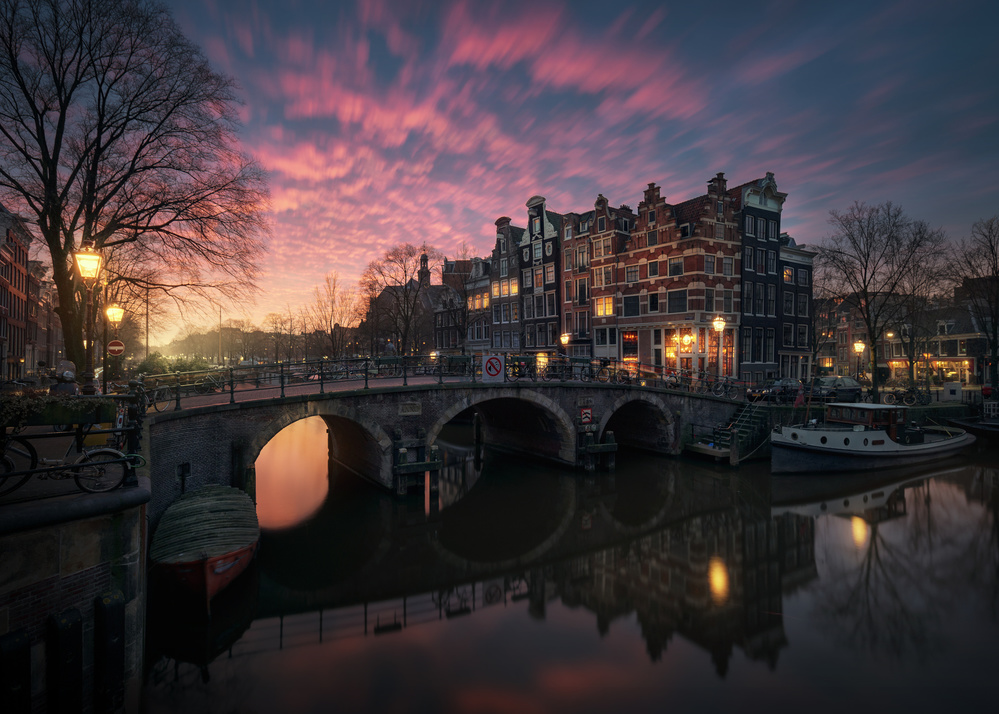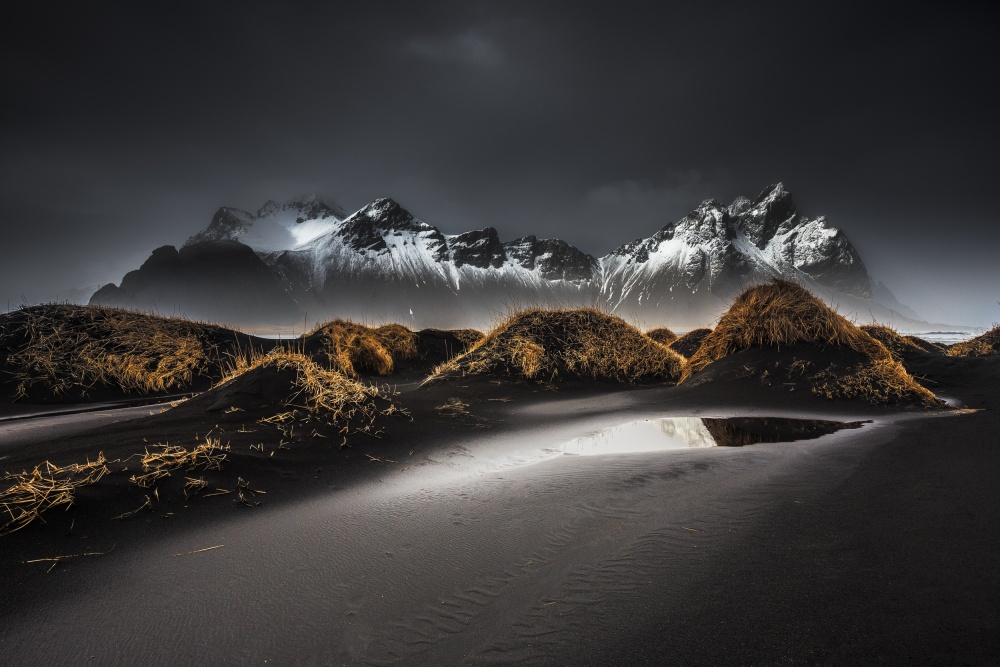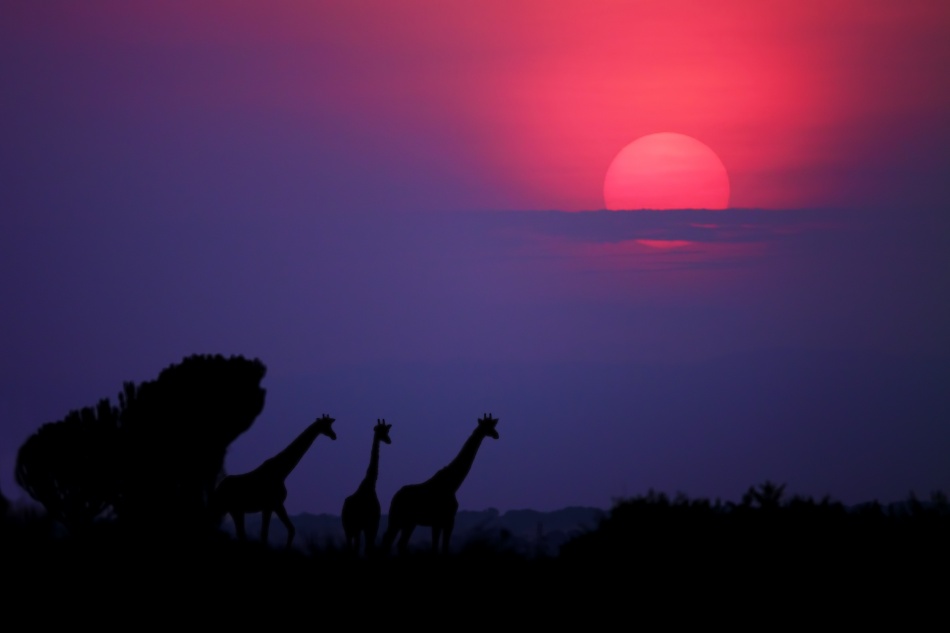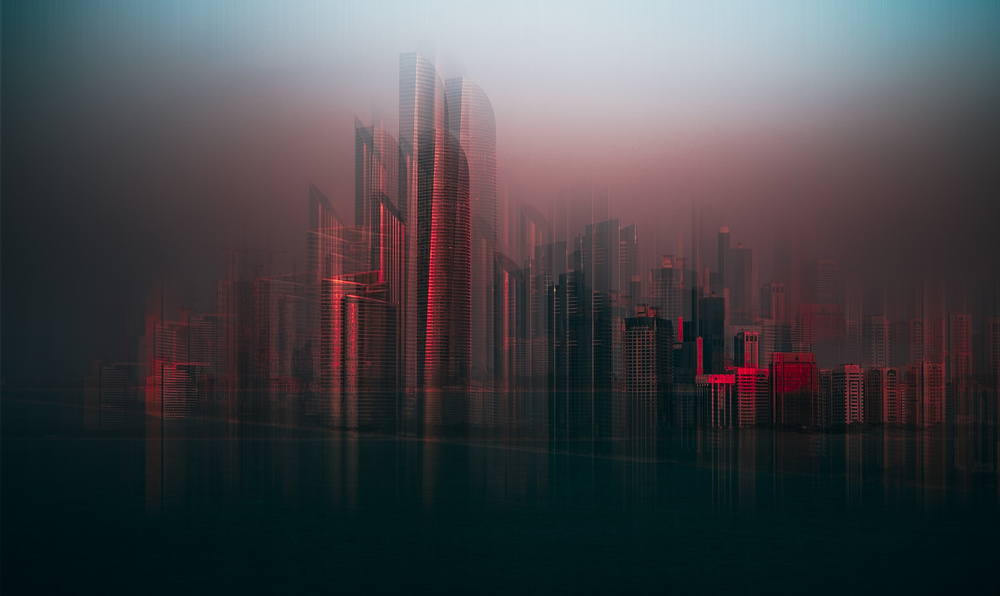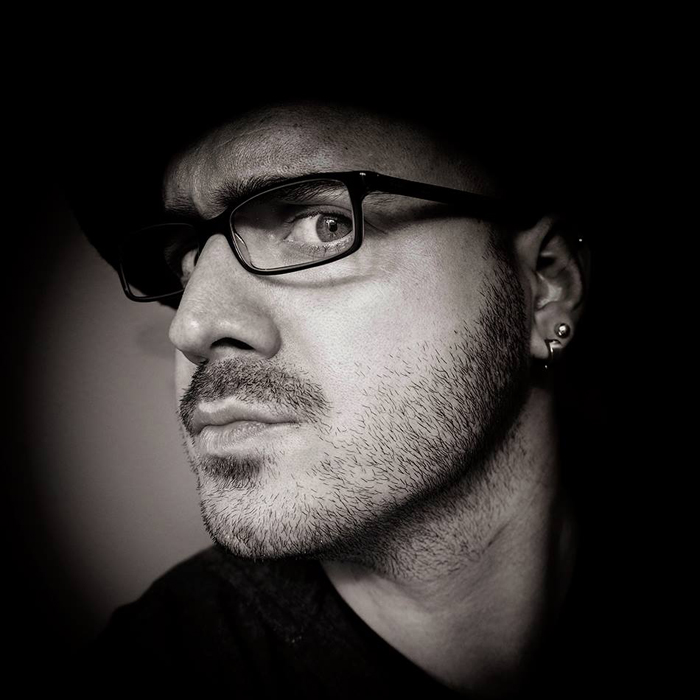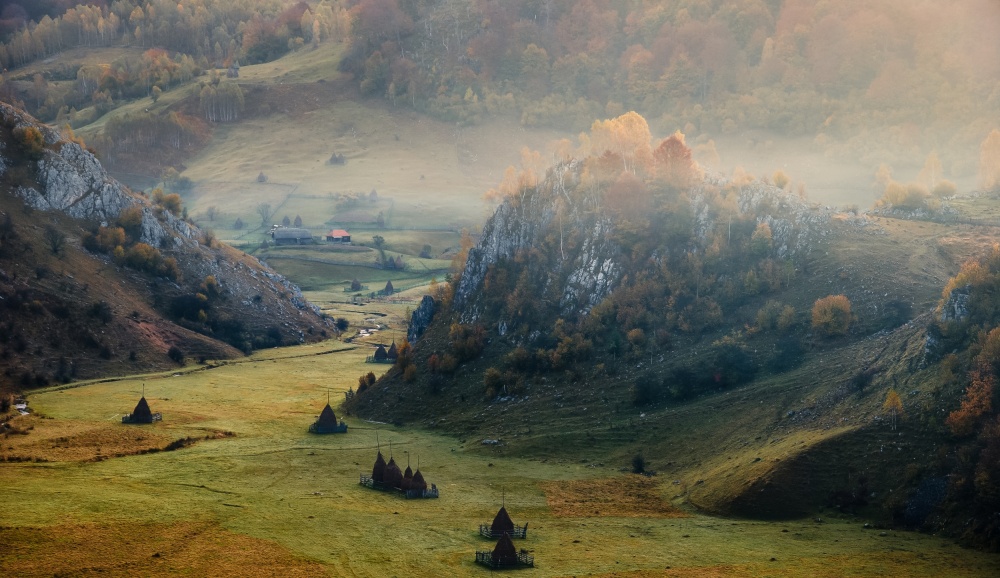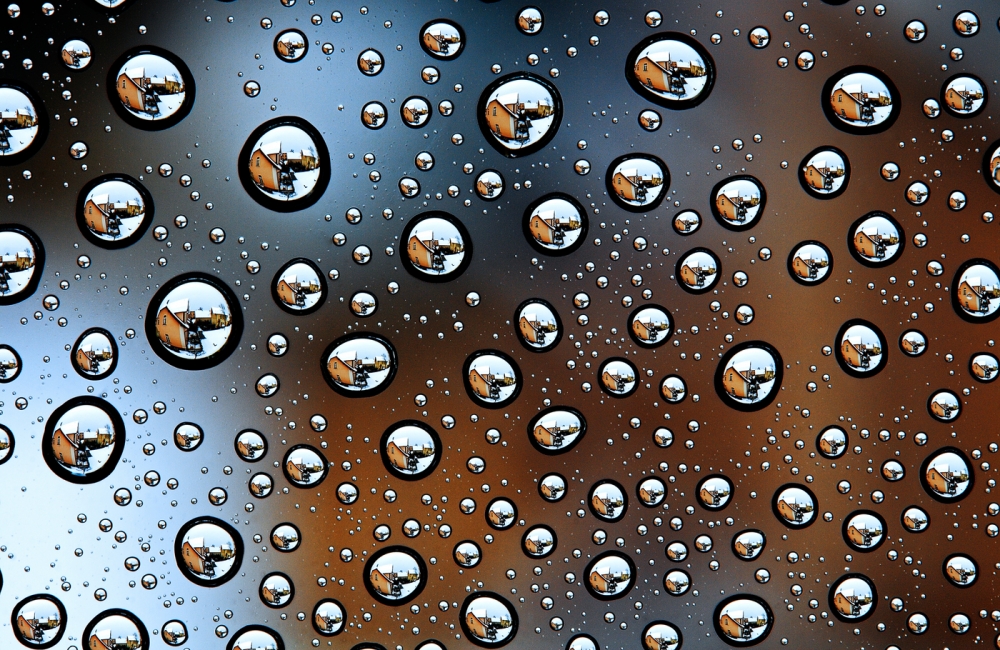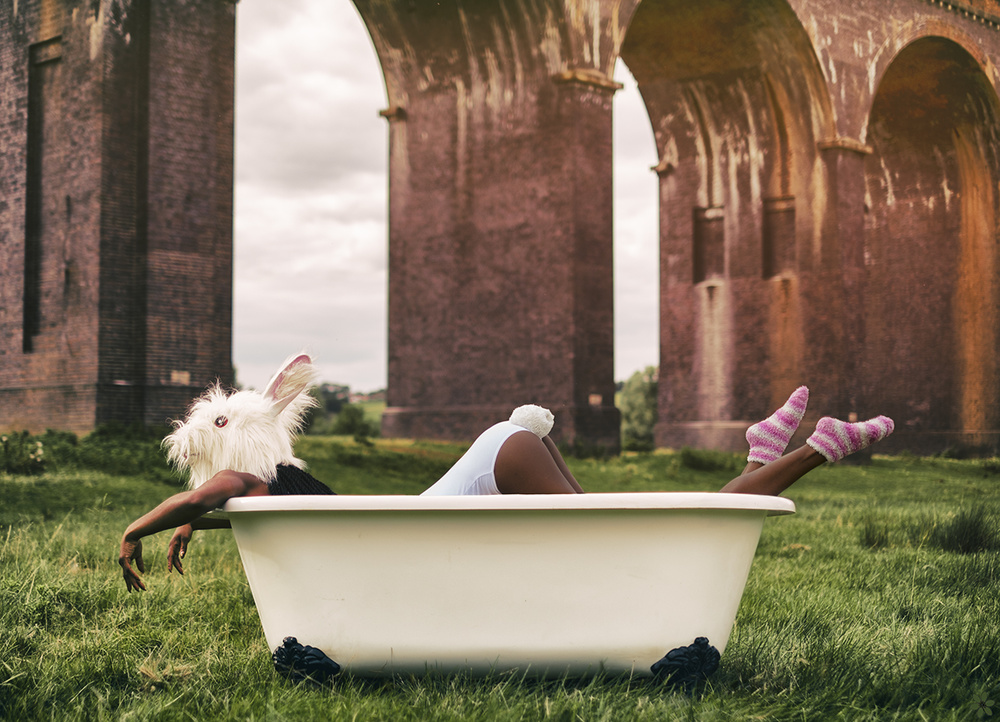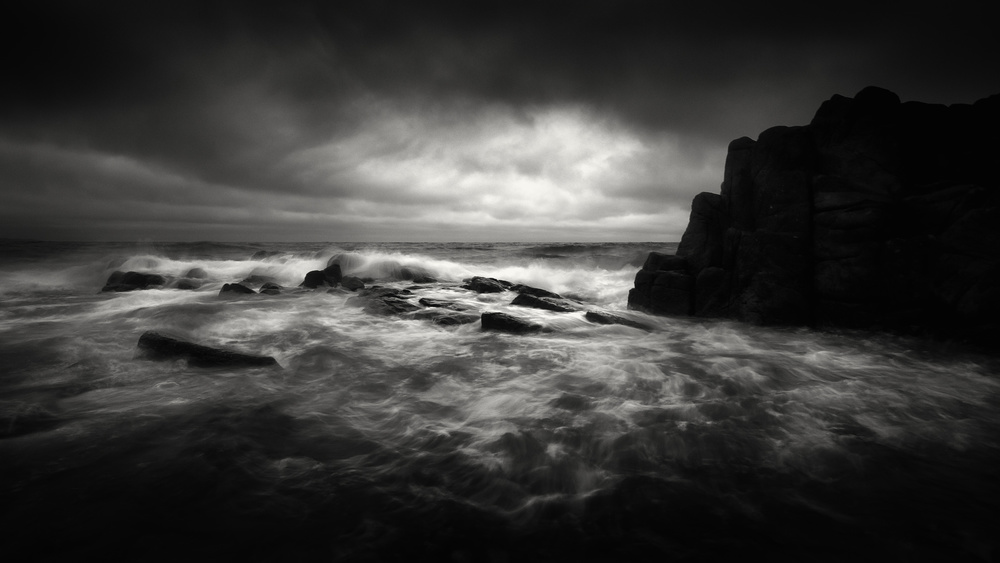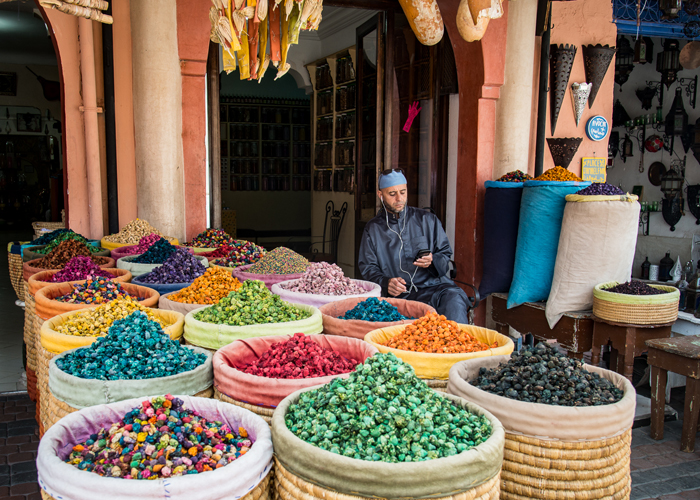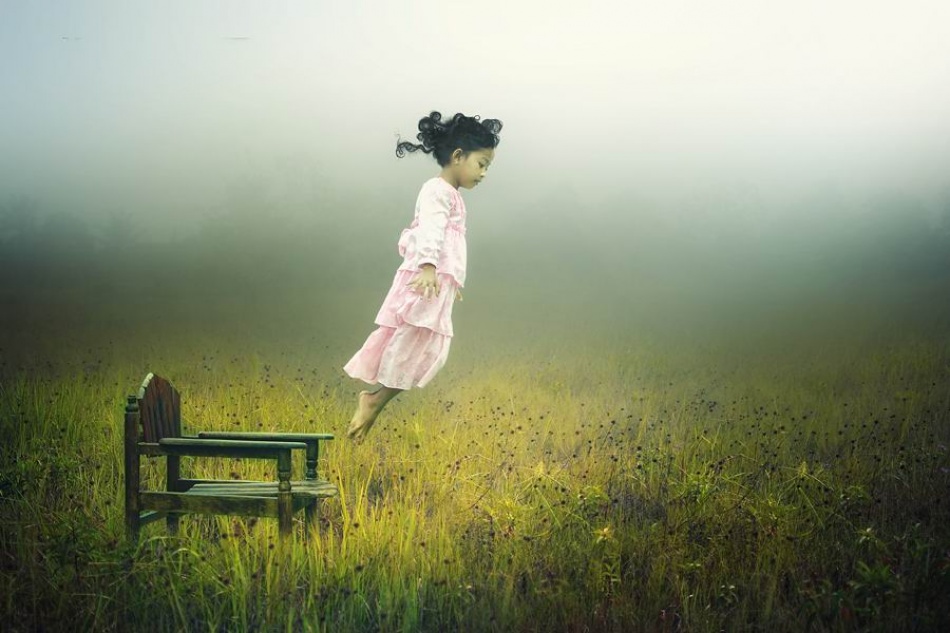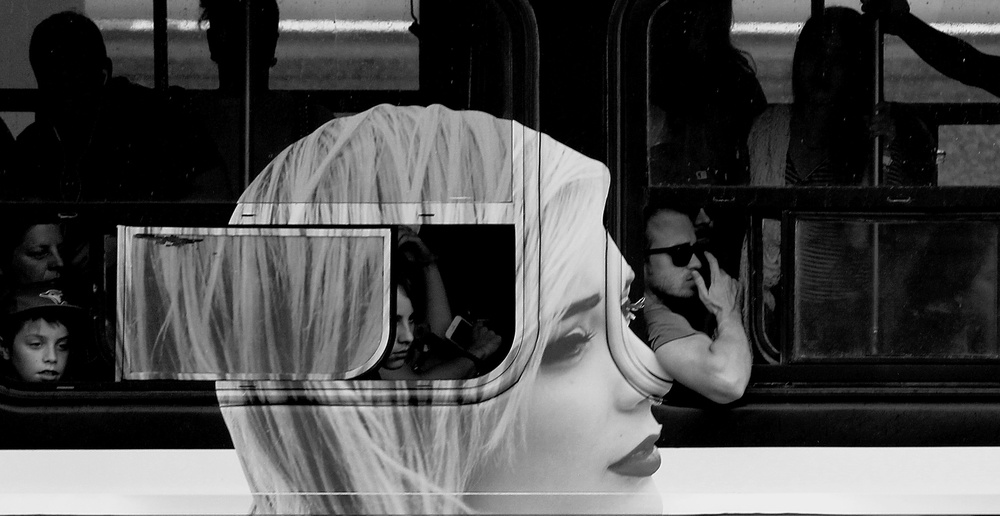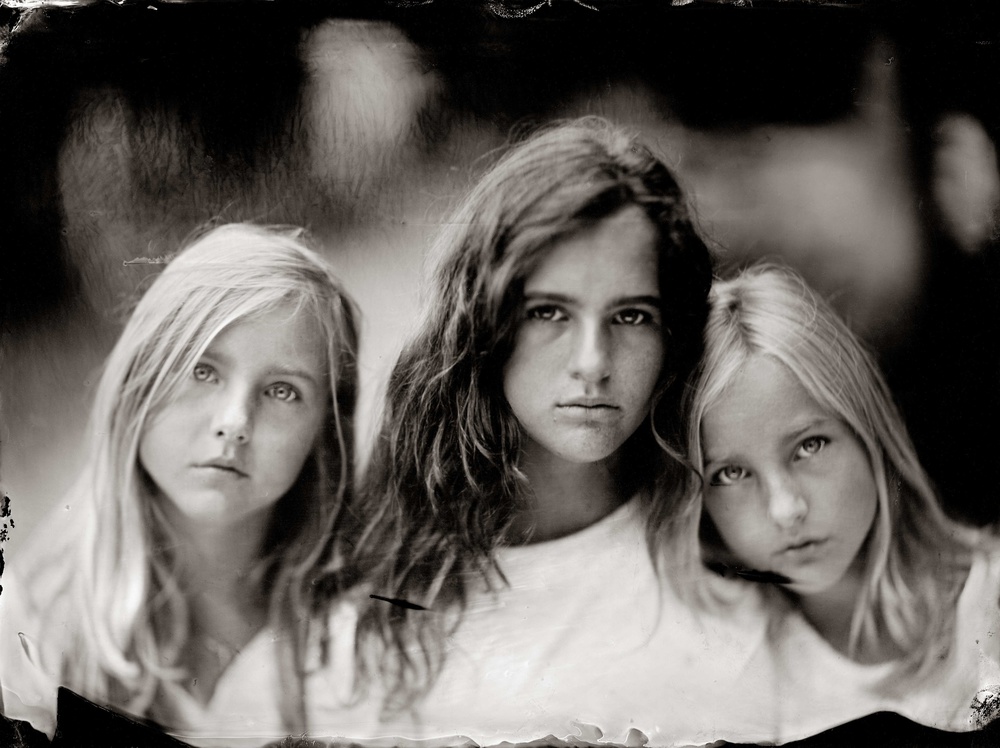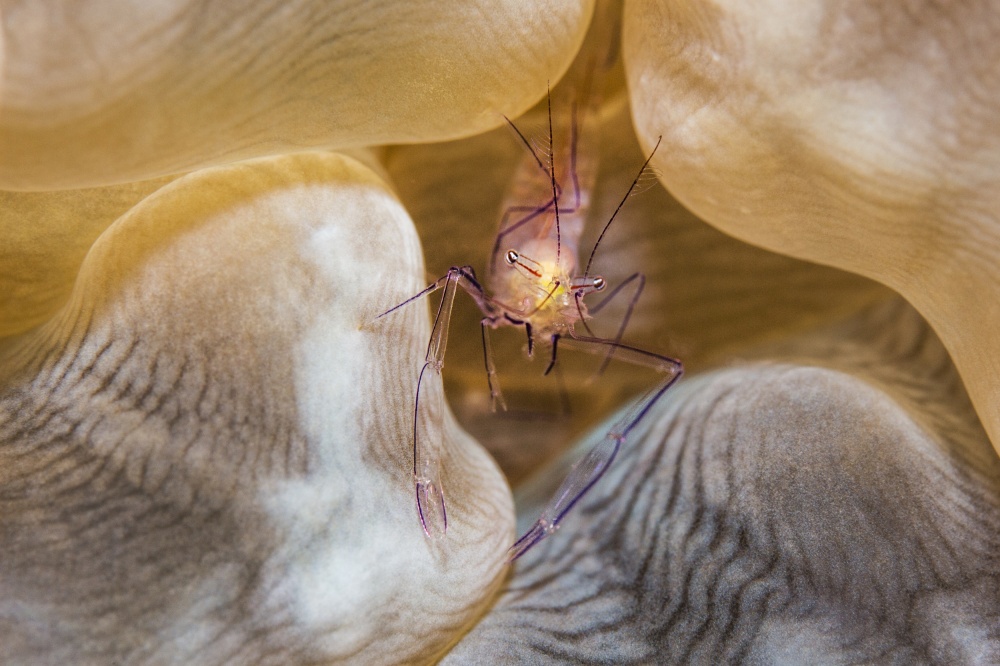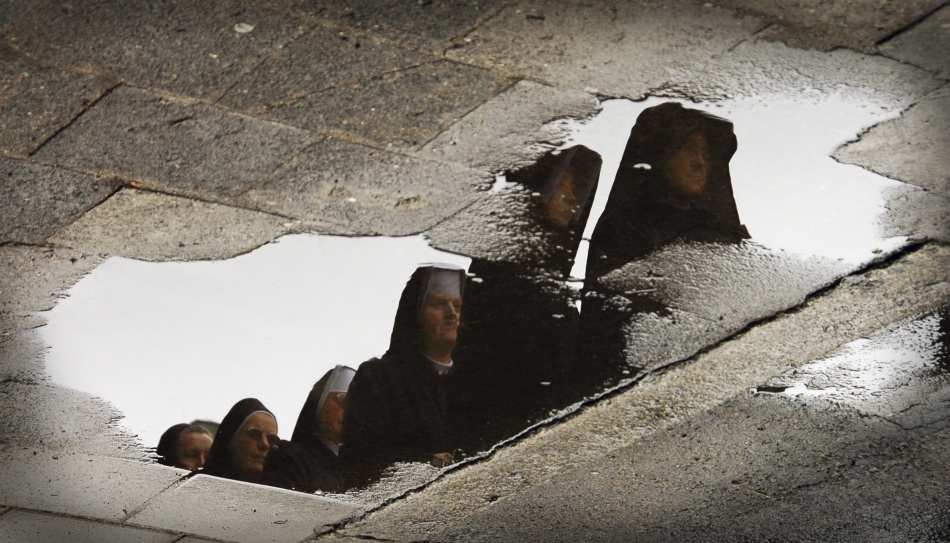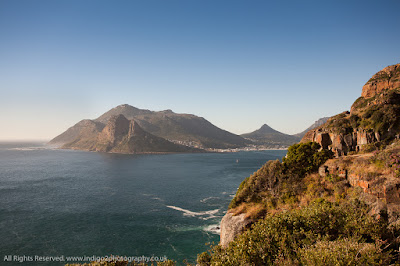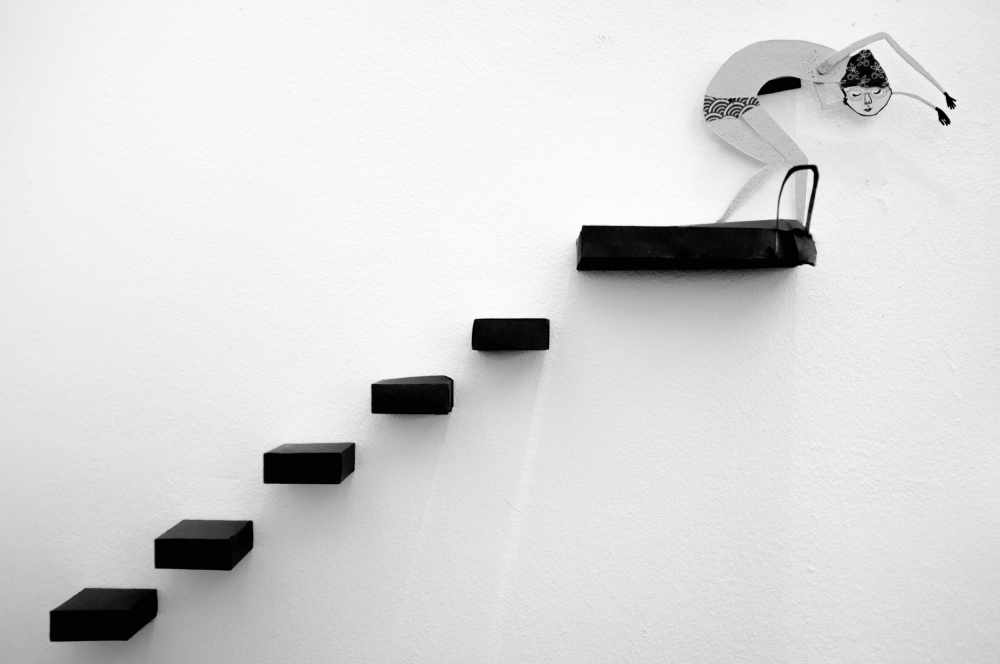Tips & Tricks
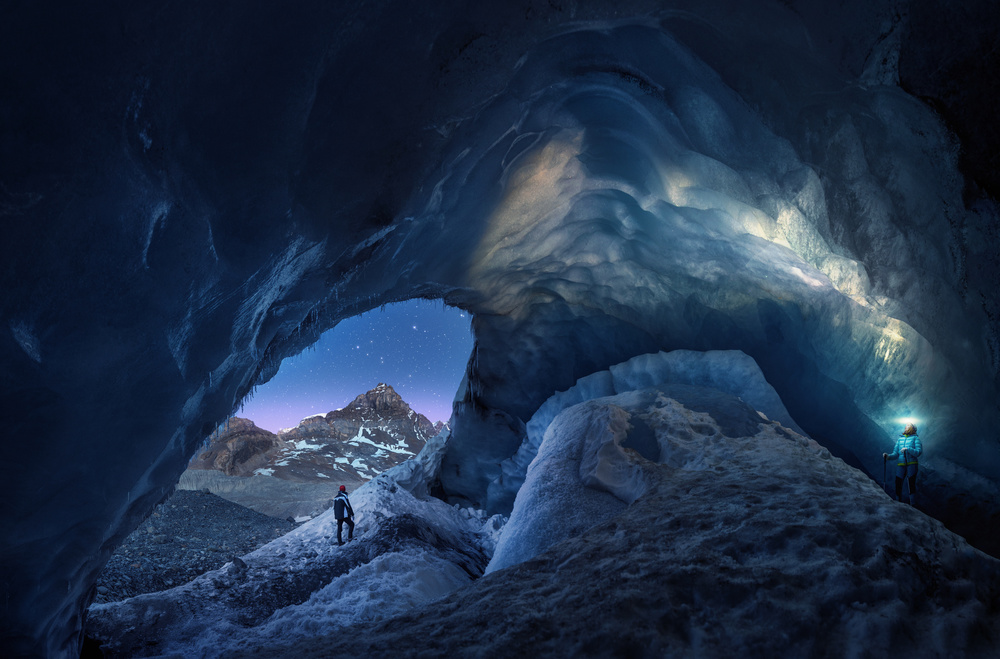
Juan Pablo de Miguel: Photographer of the week
1x Blog-Tips & TricksJuan Pablo de Miguel is an editorial, landscape and cityscape photographer with great collections of inspiring and versatile landscapes and BW fine-art photos, all sharing a unique style of his artistic signature.
Juan teaches photography and advanced post processing techniques all over the world developing his own digital processing techniques. He won several international competitions and his work also can be seen in magazine covers and publications. He is using photography as a medium for inspiration and a means to understand the world. Discover more about this amazing artist photographer in a most interesting interview.
Briefly tell us about yourself, your hobbies and other jobs, Juan.
I was born in Alicante, Spain, but I grew up between Almería, Granada and Burgos. I started to taking photographs and learn photography when I was 18 while I was studying engineering degrees. Soon I discover that it will be something more than a hobby for me. My main job is photography this days. I have a LOT of hobbies, too many, in fact. Composing some music, playing piano and guitar, cooking, reading, writing, movies, graphic design, handwritten calligraphy, old cartography, and cycling or sometimes…
How has your history and life experiences affected your photography?
Which are your most important experiences that has influenced your art?
My engineering education had some impact in the way I see photography, not just as an static artistic discipline but like a bunch of different pieces I put together. I’m not a “rules” fan so when I go out to take photographs I see the landscape like a heap of pieces I order at my personal taste. I guess the music I heard, the books I read and the movies I saw influenced me in different levels.
What first attracted you to photography?
I remember start taking photos in Burgos, North of Spain, where I spent the summer with my family when I was 14-15 (1994) years and being completely impacted about the light behaviour in the final developed paper photos. The thing I love the most about taking photos is how I feel while I work. The opportunity I have to share my own feelings and experiences through my photos.
Describe your overall photographic vision.
My work is about beauty. Nothing more and nothing less. The beauty of the things I see. No project, no profound explanations and no hidden interpretations. Just independent pieces or fine-art. The hope is, in some small way, to instil the essence of the incredible vistas I've had the opportunity to see, within others.
Why are you so drawn by Landscape Photography?
Landscape is an open interpretation discipline. The world landscape beauty can be presented in many ways and forms and it is great to see how the same place can be completely different seen through the different photographer’s eyes. There is something more than just documenting.
What is more important to you, the mood,/story behind your images or the technical perfection?
As I said, my work is just about the beauty of the things so it is the most important thing. There is no inner meaning. There is no need to have that “technical perfection” but anything what helps to present the work in the best way is very welcome. The history behind is something the observer has to create itself.
What generally is your relationship to your subject matter beyond being an observer? Do you prepare carefully the locations where you are intending to photograph?
I’m not just an observer. I build every of my photos with any tool I’m able to use as in camera as in post processing. I prepare a lot of locations before a big trip to an unknown place. I usually add more than I will be able to visit just in case. I write down the sunrise and sunset direction and hour and leave the rest to the place, inspiration and a bit of luck.
What gear do you use (camera, lenses, bag)?
Not very important issue but I use my 15-30mm f2.8 all the time. It allows me to catch what I see. I’m starting to think that not everyone sees with the same “eye focal length” naturally and I see in wide angle eye. I even use the 15mm to take a lot of panoramas. I use a 24-120mm too and an 8mm fisheye lens and Nisi neutral density filters.
What is your most important advice to a beginner in Landscape Photography and how do you get started?Learn from the people but don’t be a copycat.
Spend time learning photography and forget about PS from the beginning.
Don’t work for “likes” or followers. Forget instant gratification.
Who are your favourite photographers and more importantly, how has your appreciation of their work affected how you approach your own photography?
I think Spain has some of the best landscape photographers in the world. I admire the work of Iñigo Cía, Jesus M. García , Javier de la Torre , David Martín Castán and Carlos Turienzo, Ignacio Palacios, Iván Ferrero, Santiago Pascual Buye and Clara Gamito. I love the work of Ryan Dyar, Enrico Fossati, Ted Gore, Andrew Waddington and Simon Roppel and many others, they push the landscape photography limits, really inspiring. In other styles I find really captivating Carla DLM’s work and I enjoy very much the B&W work of Yoshihiko Wada, Julia Anna Gospodarou and Manita Goh. In another order, Paul Apal’kin, Brian Ingram, TJ Drysdale and Rosie Anne Prosser inspired me profoundly.
Is there any specific photo taken by another photographer that has inspired you a lot and why?
Nowadays, still immersed in the old, endless and futile debate between “retouching” limits, I find mind blowing the Jerry Uelsmann floating trees work.
Describe your favourite photograph taken by you and why it is special to you?
I really love all my Amsterdam photos but this one is special for what it means to me. 4 years has past from that shot and it is one of the most liked and more published and awarded photo all over the world.
Is there anything else you wish to add and what do you think about 1X as a home base for your work?
The best I can say about 1X is it push me to be better photographer. Curators publish decisions maybe some strange sometimes but the high-level work presented here is so high that it is always a very great news when I have one more image published.
Keep up your great work!
. '

